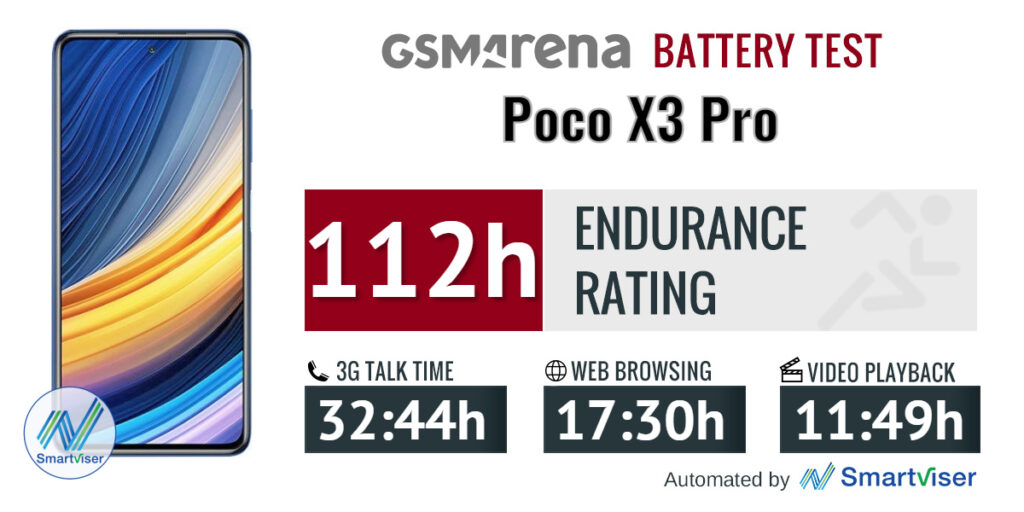SEO Website Tips To Improve Your Site’s Rankings
Search engine optimization continues to change at a blazing rate. However, there are a few SEO website design best practices that will stand the test of time and continue to remain at the top of the list.
 That’s why we’ve gathered some SEO web design strategies that will always remain important to both the users and the search engines, yet, they are also the most under-utilized techniques for webmasters. We’ve taken out the work of experimenting with different approaches to see what works because we’ve already done the work.
That’s why we’ve gathered some SEO web design strategies that will always remain important to both the users and the search engines, yet, they are also the most under-utilized techniques for webmasters. We’ve taken out the work of experimenting with different approaches to see what works because we’ve already done the work.
You’re here to reap the rewards and get your site to rank. Ignoring these best practices can be a very costly mistake.
Improve Your Site’s Performance
Have you ever waited so long for a web page to load that you just decided to exit or press the back button? Well, your users are no different.
In 2011, Google made page load times a major on-page ranking factor, and it is increasingly becoming more important as users are demanding a faster online experience. Even a difference of just one second can turn off users to your site.
Implementing website optimization best practices not only helps with your ranks, but it also decreases page load times, and ultimately boosting conversion rates. Utilizing everything from optimizing images to leveraging browser caching and even a CDN (content delivery network) should all be part of the overall on-page SEO strategy.
Invest In AMPs
As it turns out, a mobile website may not be enough. Accelerated Mobile Pages (AMP) is an initiative to improve the mobile web and enhance the performance and efficiency of which content is distributed. This can be viewed as the next evolution of mobile-friendly sites.
Media consumption is at its peak, and with users regularly accessing content wherever they find it, Google recognizes that delivering content via AMPs is imperative for maximizing user engagement. Overall, AMP is fast, flexible and beautiful. We have already seen Google give preference in the mobile results to sites that have adopted Accelerated Mobile Pages, so why not take advantage of this technology?
Create User and Search Engine-Friendly URLs
The URL, one of the more prominent on-page signals that Google uses, must be structured in the most SEO-friendly way possible. Not only do search engines use it as a major on-page relevancy signal, but users also read, bookmark, share and type URLs in browsers.
Include the main keyword of the page in the URL or at least a short phrase that will give users an idea of what your page is about. Avoid lengthy URLs and always use hyphens to separate your words to make it easier to read.
Don’t miss the golden age of online search. The opportunity to deliver a great first impression that engages users while maximizing the impact of your SEO is at its pinnacle state. You just can’t afford to miss out on all of these amazing tips.








